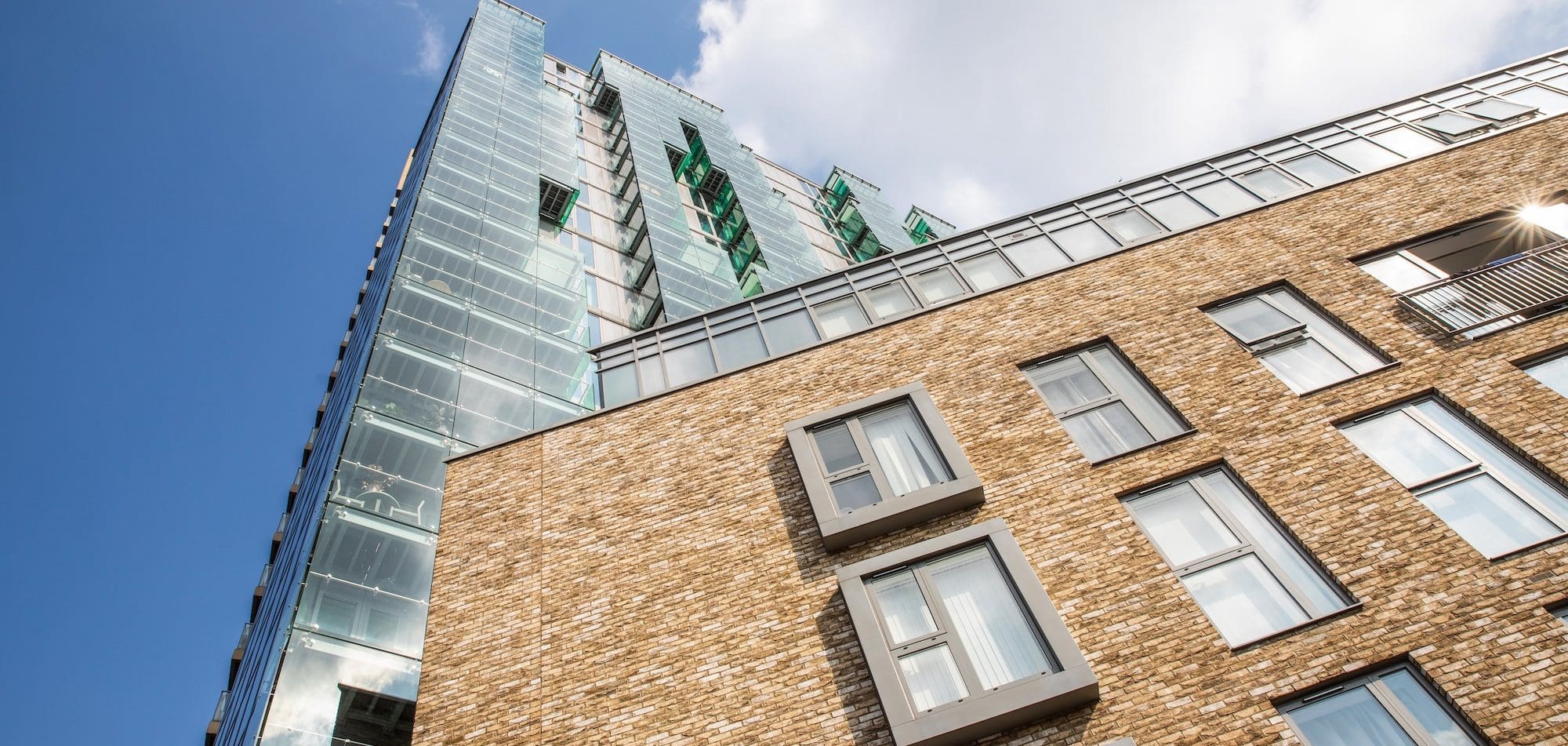Do you offer bespoke solutions?
Bespoke solutions are our speciality! We love a challenge, whether that’s variance in height build-up, steps, zoning, water-features, maintenance access, low door-thresholds or just about anything else! Our technical and design teams are always on hand to come up with practical, bespoke solutions.
What is the most suitable system for high traffic areas?
Most of our systems are suitable for high-traffic areas with the correct substructure spacings. Some of our systems were specifically designed to handle high traffic, including TerraSmart® Rail: an incredibly secure lattice framework for paving tiles; TerraSmart® Aluminium decking system for Terraces and TerraSmart® Composite our complete composite decking systems with an aluminium substructure.
Which paving support system is best for porcelain tiles?
For porcelain, we always recommend a fixed head pedestal as opposed to a self-levelling head pedestal. The reason for this is the tiles don’t always impose enough vertical load to prevent a small amount of movement: so when the surface is walked on, you may end up with a very slight difference in height between tiles. Fixed-head pedestals will overcome this. When used with a 2mm shim, they can be used on a gentle fall too!
What is the lowest possible height I can fit a full system into?
We can’t remember a single instance where we weren’t able to come up with an appropriate solution to a design problem. This includes incredibly low-height applications. With decking, we can achieve build ups as low as 53mm (for projects above 18m or 11m in Scotland – which require non-combustible systems) and we can go as low as 50mm with composite decking. With paving, we can achieve build ups as minimal as 45mm (for projects which require non-combustible systems), 29mm with plastic supports.
Do you offer cut to length boards?
Absolutely. We want to minimise the amount of on-site work for contractors. Cutting boards to length is no problem at all.
Which colours are your aluminium deck boards available in?
Because we have a complete ‘Colour Range Assessment’ Reaction to Fire Test, TerraSmart® Aluminium deck boards are available in any standard RAL colour.
Do you offer a design service?
Yes we do! Our design team are always on hand to help bring life to your project plans.
Is composite decking fire rated?
Composite decking combines timber and plastic elements to produce a deck board which is certainly safer than timber decking, but is not considered ‘non-combustible’.
Is porcelain paving slippery when wet?
Porcelain pavers intended for outdoor use are specifically designed to walk on and minimise the slip risk using grippy surfaces. By using imperfections and ridge marks to increase the friction between a tile and your shoe, you create a surface fit to walk on in differing conditions. We can calculate this using a test designed to calculate the pendulum test values (PTV) and assign a numerical value to the performance of a surface. Look out for the appropriate feature when you browse our porcelain pavers.
How do you calculate a PTV value?
A rig is set up above a test surface that holds the pendulum arm parallel to the test surface. This arm is at a length so that it comes into contact with the surface when it is perpendicular. When the pendulum comes into contact with the surface (for example a test tile), it loses some of its kinetic energy to friction. This loss will mean the swing will not finish at 90 degrees to the surface, and we can measure the change in final height. This is the coefficient of friction (CoF) and it gives us our PTV value. There are several testing conditions; slider 96 and Slider 55, and wet and dry: – Slider 96/55 – You place rubber sliders on the end of the pendulum. – Slider 96 is a harder rubber, so you use it to emulate the effect of pedestrians wearing shoes. – Slider 55 is a softer rubber, often used to mimic walking with bare feet. When these tests are conducted, the tests are often done in wet and dry conditions to fully understand the range of slippiness. The results that come from the PTV test only give an indicator of how slippy the finish is; or the slip potential. Many other factors will influence how they behave underfoot, but this gives us an accurate idea. The results you get go from 0 upwards, where: – 0 – 24 is a high slip potential. – 25 – 35 is a moderate slip potential. – 36+ is a low slip potential.
Does ice make porcelain paving slippery?
When temperatures drop to freezing point, ice can begin to form on the paving making it very slippery. “Where weather or low-temperature results in surfaces being covered in snow or ice, the slip resistance of a surface ceases to be effective.” – BS8 300 It is, therefore, important that external ramp surfaces are kept free of snow or ice as part of the management regime of the space.
Does aluminium decking get hot?
If you install aluminium decking in both an arctic tundra and a tropical paradise, you will experience different overall temperatures and the maximum temperature the boards will achieve will naturally be different. The properties of the material, such as specific heat capacity and its thermal conductivity, contribute directly to its reaction to heat energy. The profile and the colour will also make an impact on how the board will react. It is always good to compare the performance of a material in relation to another one. Let’s take the properties of Aluminium 6063-T6, often used in decking boards and compare it to Oak, which is a popular type of wood for decking in the UK. Aluminium 6063-T6: – Specific heat Capacity – 0.9 J/g K – Thermal Conductivity – 200 W/mK Oak: – Specific heat Capacity – 2000 J/g K – Thermal COnductivity – 0.17 W/mK This table shows that it takes a lot less energy to heat Aluminium than it does Oak, but it takes a lot more energy to cool Oak as opposed to Aluminium. As aluminium has high thermal conductivity, heat is spread around the material more easily and across all areas allowing more opportunities to cool the material. Oak has a much lower thermal conductivity meaning that heat energy will be concentrated longer in the same spot. For more information on this topic, why not search the question on our website and read the full article.
What is wind uplift?
Wind uplift occurs when powerful winds encounter the vertical surfaces of a building, forcing the winds to accelerate up and over the structure. When winds meet a surface greater than 45 degrees to the vertical axis (such as a balcony, terrace, or pitched roof) as they travel up the building, the pressure below the surface increases, and the pressure above decreases. This pressure imbalance causes a push-pull effect that can detach the balcony and terrace flooring from the substructure that supports it. For more information on this topic, why not search the question on our website and read the full article.
Does Wind Uplift affect Balconies and Terraces?
The short answer is yes! To mitigate the effects of wind uplift, we design, manufacture, and supply systems for balconies and terraces fitted with clever mechanical fixings to ensure the entire system is ‘clamped’ securely in place. For more information on this topic, why not search the question on our website and read the full article.
What are the consequences of wind uplift?
Wind uplift causes considerable damage to balconies, terraces, and the building to which they are attached. In some cases, it can also damage surrounding buildings and public infrastructure, endangering the safety of people in the vicinity. The costs associated with repairing wind uplift damage can be significant and impact the reputation of architects and construction specialists responsible for the project. Expensive remedial works, extensive PR management and the potential for litigation ensure it pays to understand and mitigate wind uplift on balconies and terraces. For more information on this topic, why not search the question on our website and read the full article.
What is vitrified composite® decking?
Vitrified Composite® decking is a unique and innovative combination of technologies and techniques. While composite refers to products made from several materials, vitrification is the process of transforming a material into a glass or glass-like material through rapid heating and cooling. Vitrified Composite® decking incorporates both of these terms. It is a composite because it is manufactured from clay and feldspar. It is vitrified because these materials go through a firing process that alters their chemical bonds and changes their properties. The result is a decking solution that benefits from a remarkably realistic wood-like finish and an array of performance-related properties that ensure the material better meets the needs of specifiers and architects in particular. For more information on this topic, why not search the question on our website and read the full article.
How does vitrification work?
Vitrification is most associated with ceramics. It is the process of heating the clay into a liquid state and then rapidly cooling it. This turns some of the clay into glass and changes the material properties. For instance, vitrification typically results in a material that is less porous and benefits from improved water resistance.
What Is The Maximum Distance Between Deck Joists?
The maximum spacing between decking joists is a critical factor in ensuring a deck’s structural integrity, long-term stability and durability. The optimal spacing between decking joists depends on several factors. These include the type of decking material, the anticipated load, and local building regulations. For traditional decking materials, such as timber or composite boards, a typical maximum joist spacing of 16 inches (40.6 cm) on-centre is common. On-centre refers to the practice of measuring from the centre of one joist to the centre of the next. This spacing ensures adequate support and minimises the risk of sagging or bouncing between the joists. In some cases, you can reduce the spacing to 12 inches (30.5 cm) on-centre. This is more common for thicker or heavier decking materials and environments where the deck is expected to experience significant loads. On the other hand, thinner or lighter decking materials, such as PVC or aluminium, may allow for wider joist spacing. In such cases, you can increase the spacing to 24 inches (61 cm) on-centre, or even higher. With premium RYNO aluminium decking joists for waterproofed balconies, terraces and roofs, the maximum spacing permitted is 80 cm or 31 inches. Spacing between decking joists is a crucial aspect of deck construction. While general guidelines for materials like timber suggest a spacing of 16 inches (40.6 cm) on-centre, the reality is that spacing will usually depend on joist materials, manufacturers’ guidelines and local building regulations. For more information on this topic, why not search the question on our website and read the full article.
What Maintenance Does Composite Decking Require?
Composite decking requires much less maintenance compared to traditional wood decking. The frequency of maintenance for composite decking can depend on various factors, including the climate, level of foot traffic, and the specific conditions surrounding the deck. We recommend you aim to clean your composite decking at least twice a year, typically in the spring and autumn. However, if your deck is exposed to heavy use or particularly harsh conditions, more frequent cleaning may be necessary. The best way to clean composite decking is to remove any debris with a broom or leaf blower, use warm soapy water (or composite deck cleaner), apply this with a soft bristle brush or mop, gently scrub with the same brush or mop, allow some resting time, and rinse thoroughly with a garden hose and sprayer. Allow the deck to air-dry before using it again. For more information on this topic, why not search the question on our website and read the full article.
Does Water Go Through Composite Decking?
Compared with wooden boards, composite boards offer greater longevity and superior resistance to rot, insects, and warping. Although composite decking is highly resistant to moisture-related issues, it is not entirely waterproof. Premium quality composite boards have a protective outer layer, commonly referred to as a cap. This cap is usually made from plastic and resin and provides a durable and moisture-resistant shield. It helps to prevent water from seeping into the board’s core and protects it from stains, fading and mould growth. However, the cap is not entirely impervious to water and may still be susceptible to moisture absorption over time. The quality of the cap can affect how water resistant the board is, so it pays to source your materials from a trusted, reputable, high-quality supplier. In short, composite decking is not entirely waterproof. But it is much more water-resistant than traditional timber decking. While composite boards are designed to resist moisture, they are not immune to the effects of prolonged exposure to water or extreme weather conditions. For more information on this topic, why not search the question on our website and read the full article.
What Joists Should You Use for Composite Decking?
Typically, composite decking joists are manufactured from one of three materials: aluminium, timber, and composite. Aluminium joists are by far the best option for construction professionals who prioritise joist strength, longevity, reliability, and performance, but desire a lightweight, versatile material. They boast a fantastic lifespan and excellent durability, minimising the maintenance required over the product’s lifetime and effectively minimising the need for replacement. For more information on this topic, why not search the question on our website and read the full article.
How Long Does Composite Decking Last?
Composite decking is known for benefitting from a much longer expected lifespan when compared to traditional wood decking. While this lifespan will vary depending on the manufacturer, material quality, maintenance and installation, composite decking typically lasts 25-30 years. However, it can go far beyond this if well-maintained. In contrast, wood decks have an expected lifespan of 10-15 years. That means composite decks usually last twice as long as well-maintained timber decks. For more information on this topic, why not search the question on our website and read the full article.
What affects the quality of porcelain paving?
Like most materials, the quality of porcelain available varies dramatically. The combination and quality of raw materials, the nature of the manufacturing process and the inclusion of performance-enhancing additives all affect the quality of a porcelain tile. We recommend opting for a reputable supplier that specialises in porcelain paving. Check if the paving is tested for durability, strength and resistance to harsh weather conditions. A reliable supplier will provide product information, technical specifications and performance characteristics for their entire range. For more information on this topic, why not search the question on our website and read the full article.
Is porcelain paving slippery?
Porcelain paving tends to boast excellent slip resistance. However, if you are using porcelain paving for areas that will be wet, such as pool decks, outdoor showers and even patio areas, look for porcelain tiles that incorporate a textured or anti-slip surface. Slip resistance is typically measured using the coefficient of friction (COF). A higher COF indicates better slip resistance. For more information on this topic, why not search the question on our website and read the full article.
How much maintenance does porcelain paving require?
Porcelain paving is renowned for its low maintenance requirements. That said, it still requires regular cleaning and upkeep to maintain a pristine appearance. Manufacturers and suppliers typically provide cleaning instructions and advice, so check this information before making your choice. If you opt for porcelain because it is low maintenance, you do not want to select tiles that require costly, specialist cleaning materials. For more information on this topic, why not search the question on our website and read the full article.
How much does porcelain paving cost?
Typically, porcelain tiles for outdoor applications sit in the £30-£70 per square metre price bracket, but in some cases can cost less for very basic finishes. Though it may be tempting to opt for the budget option, consider and calculate the long-term costs first. What you save in the short term, you might pay twice over in the long term. Particularly if you choose tiles that are more prone to cracking or damage. For more information on this topic, why not search the question on our website and read the full article.
Does Aluminium Decking Scratch Easily?
The short answer to this is – No. When covered with a high-grade powder coating, aluminium decking benefits from good scratch resistance. For more information on this topic, why not search the question on our website and read the full article.





